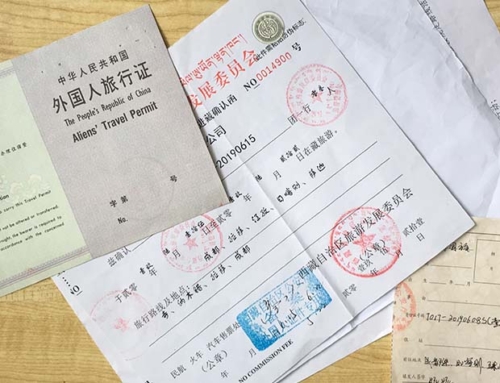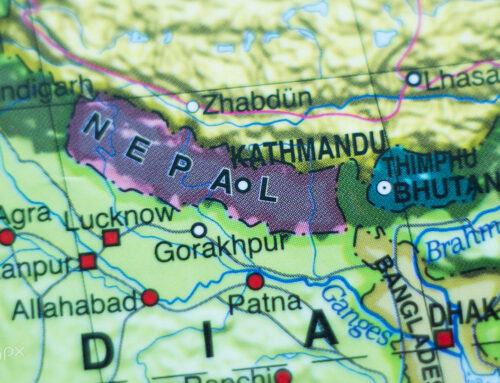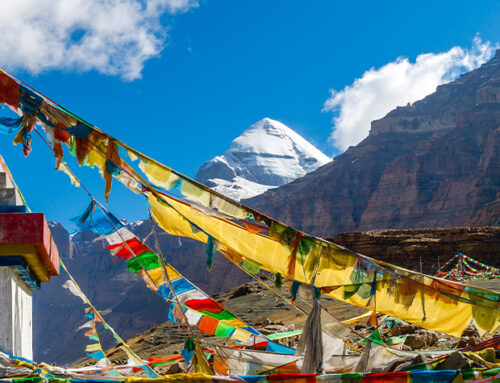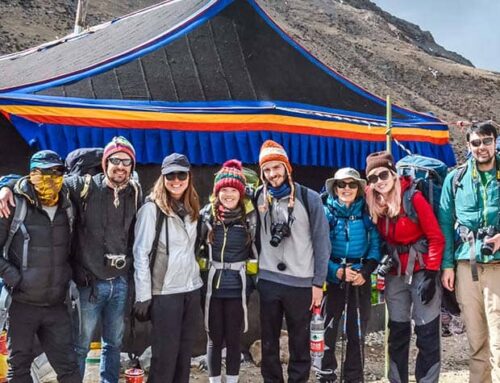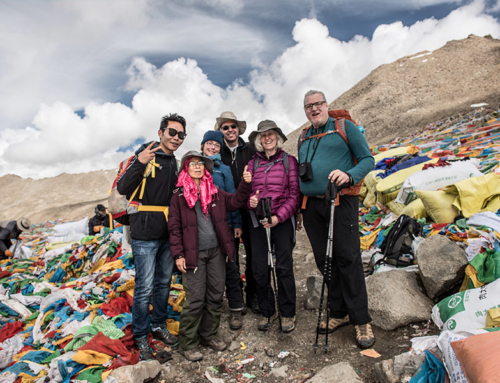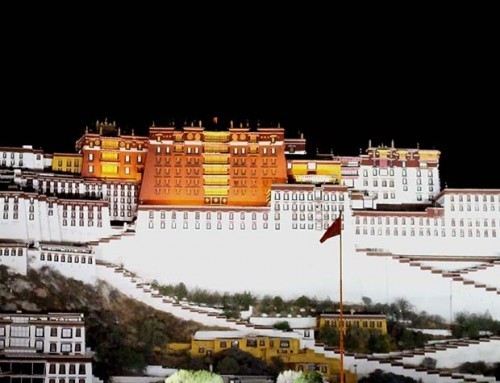Dzogchen, also known as Dzogpachenpo in Tibetan, is a term that carries profound significance in the realm of Tibetan Buddhism. Often referred to as the ‘Great Perfection’ or ‘Great Completeness,’ Dzogchen is a practice that delves into the deepest recesses of the human mind, offering a direct path to understanding our innermost nature. In this article, we will unravel the mysteries of Dzogchen, exploring its origins, teachings, and the transformative impact it can have on spiritual seekers.
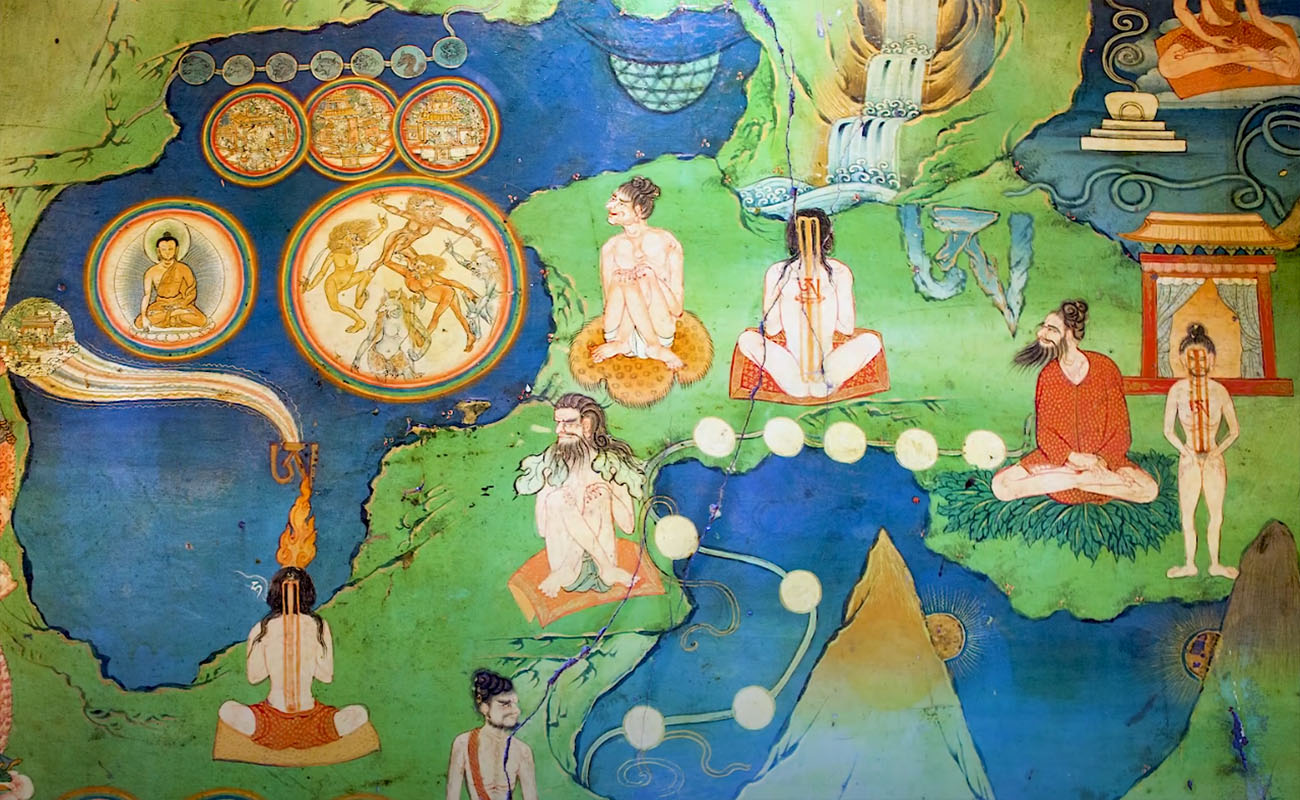
The Essence of Dzogchen
At its core, Dzogchen is more than just a spiritual practice; it is hailed as the ‘heart-essence’ of all spiritual paths within the Tibetan Buddhist tradition. Sogyal Rinpoche beautifully describes Dzogchen as the summit of an individual’s spiritual evolution, emphasizing its paramount importance.
The Two Sanskrit Origins
Dzogchen can be traced back to two original Sanskrit terms. The first is ‘Mahasandhi,’ signifying the gathering of all, emphasizing that Dzogchen is the quintessence of all teachings. The second term is ‘Atiyoga,’ which conveys the idea of reaching the summit, like scaling a mountain to gain a panoramic view. Atiyoga, or Dzogchen, represents the pinnacle of the Buddhist path and the culmination of spiritual evolution.
Lineage of Dzogchen
The lineage of Dzogchen can be traced from the Primordial Buddha Samantabhadra to the Sambhogakaya—the five buddha families and Vajrasattva, who are the self-reflection of Samantabhadra. This lineage is known as the Mind Direct Transmission. It passed from Garab Dorje to Mañjushrimitra, Shri Singha, and Jñanasutra through the Sign Transmission of the Vidyadharas, continuing in Tibet through Padmasambhava, Vimalamitra, and Vairotsana. This subsequent transmission is referred to as the Oral Transmission.
The Dzogchen Teachings
The teachings of Dzogchen originate from the Primordial Buddha Samantabhadra and are categorized into three main parts: tantras (gyü), clarification (lung), and experiential instruction (mengak). These teachings comprise a vast body of wisdom, with the tantras alone numbering around 22,000.
Three Categories of Dzogchen
Mañjushrimitra divided the 6,400,000 verses of Dzogchen tantras into three categories:
- The Category of Mind (Semdé): Emphasizing the natural condition of the mind, this category includes twenty-one main tantras. It suits those inclined towards intellectual exploration.
- The Category of Space (Longdé): These teachings focus on ‘freedom from effort’ and simplicity, making them suitable for those drawn to nature.
- The Category of Secret or Pith Instruction (Mengakdé): This category is further divided into four cycles: outer, inner, secret, and innermost. It includes teachings like Nyingtik or ‘Heart Essence,’ which have been instrumental in the attainment of the rainbow body by Tibetan practitioners.
Trekchö and Tögal
In Mengakdé, practitioners follow two paths: Trekchö and Tögal. Trekchö involves ‘thoroughly cutting through’ mental obstacles, while Tögal, the ‘direct approach,’ leads to the realization of the three kayas. Tögal can only be undertaken after establishing stability in Kadak Trekchö.
The Dzogchen Path
The path of Dzogchen, as outlined by Dilgo Khyentse Rinpoche, aims to realize the tathagatagarbha or buddha nature inherent in all beings. It involves practices like Trekchö and Tögal, which enable practitioners to unmask the radiance of awareness within themselves.
Conclusion of Dzongchen
Dzogchen, the ‘Great Perfection,’ offers a profound journey into the depths of human consciousness. With its rich lineage, comprehensive teachings, and transformative practices, it stands as a beacon of wisdom and self-realization in the realm of Tibetan Buddhism.
FAQs of Dzongchen
What is the significance of Dzogchen in Tibetan Buddhism?
Dzogchen is considered the ‘heart-essence’ of all spiritual paths and the pinnacle of spiritual evolution in Tibetan Buddhism.
Is Dzogchen limited to a specific Buddhist school or tradition?
No, Dzogchen is practiced by individuals from various Tibetan Buddhist traditions as their innermost practice.
What are the two original Sanskrit terms associated with Dzogchen?
The two terms are ‘Mahasandhi,’ signifying the gathering of all, and ‘Atiyoga,’ indicating reaching the summit.
What are Trekchö and Tögal in Dzogchen?
Trekchö involves ‘thoroughly cutting through’ mental obstacles, while Tögal is the ‘direct approach’ leading to the realization of the three kayas.
How can one attain liberation through Dzogchen?
Liberation through Dzogchen can be achieved in various ways, depending on one’s capacities and circumstances, including in this lifetime, in the intermediate state (Bardo), or in future existences.
For those seeking profound wisdom and a direct path to self-realization, Dzogchen offers a transformative journey of discovery. To learn more about Dzogchen and its teachings, explore the vast wisdom it holds.
We at I-Tibet Travel & Tours offer a comprehensive tour on Dzogchen in Tibet and Tibetan Inhabitat areas in Sichuan and Qinghai. Please do contact us at woaber@itibettravel.com

